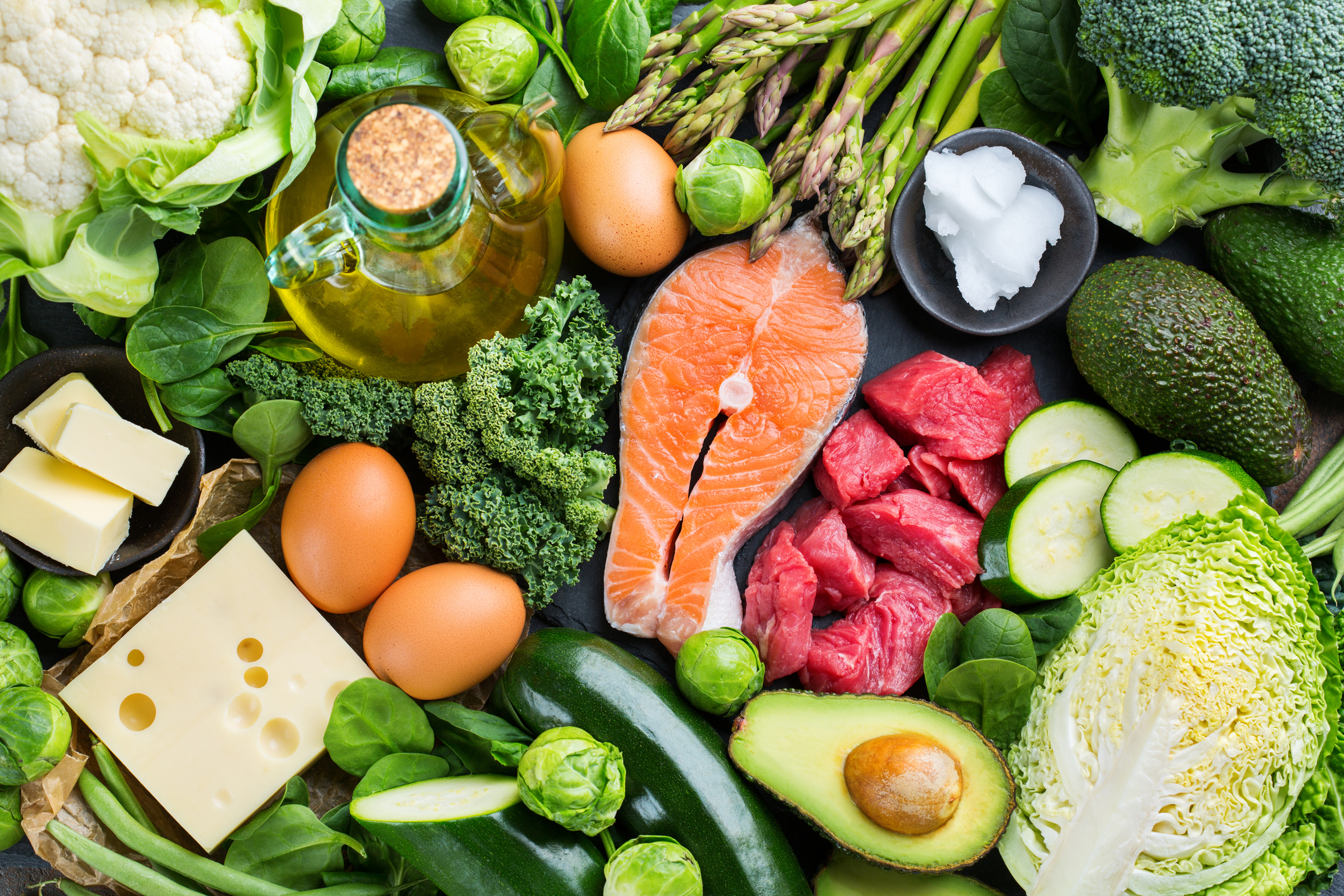
Induction, Phase 1 of Atkins 20Ò is a ketogenic diet designed to jumpstart weight loss. The goal is to efficiently switch your body from burning carbs for fuel to burning fat (your fat!) for fuel, turning your body into a fat-burning, ketogenic machine.
What can you expect during Induction?[1]
When you are on Induction, you are consuming 20 grams of Net Carbs a day, plus optimal levels of a variety of protein choices like fish, poultry, eggs and meat, healthy fats such as olive oil, avocado and polyunsaturated fats. On Induction, 12 to 15 grams of your daily Net Carbs come from all-important Foundation vegetables, which provide you with vitamins and minerals, plus a healthy and filling portion of fiber.
Initially, you’ll lose water weight in the first few days as your body starts to cleanse itself of sugar and refined carbs. Soon you’ll start to lose fat and notice your clothes may fit a bit looser. But don’t obsess over weighing yourself daily. It’s natural to experience daily fluctuations in weight, so stick to weighing yourself once or twice a week and take your measurements, as lost inches are just as important as lost pounds.
Your energy levels may be a little low for a few days as your body gets used to this new energy source and way of eating but soon Induction will help you stabilize your blood sugar and reduce the symptoms associated with unstable blood sugar, such as fatigue, mood swings and brain fog, while keeping your energy levels steady.
Thanks to these even-keel blood sugar levels, Induction will also help you curb those cravings, since cutting back on high-carb and high-glycemic foods has been shown to significantly reduce cravings for sweet foods. If you do find you’re craving high-carb foods at first, you can satisfy your appetite with these 10 Induction-friendly snacks that contain no more than 3 grams of Net Carbs each:
An ounce of string cheese
- Celery stuffed with cream cheese
- Cucumber “boats” filled with tuna salad
- 5 green or black olives, perhaps stuffed with cheese
- Half a Haas avocado
- Beef or turkey jerky (cured without sugar)
- A deviled egg
- A lettuce leaf wrapped around grated Cheddar cheese
- Sliced ham rolled around a few raw or cooked green beans
- Two slices of tomato topped with chopped fresh basil and grated mozzarella and run under the broiler for a minute
[1] Consult a physician before making any changes to your diet or fitness routine.